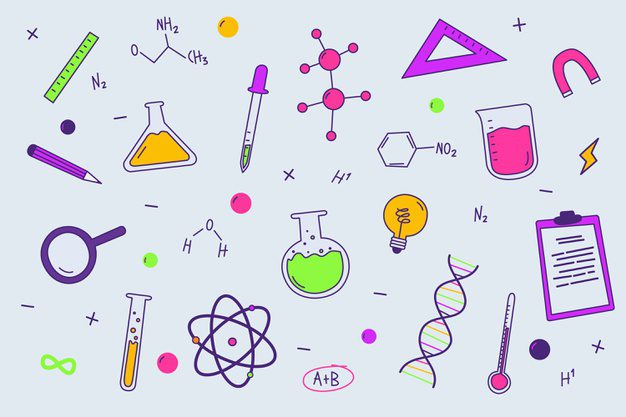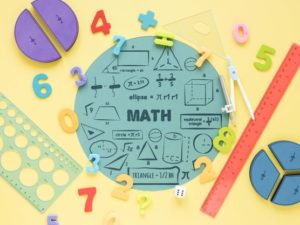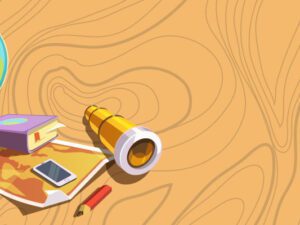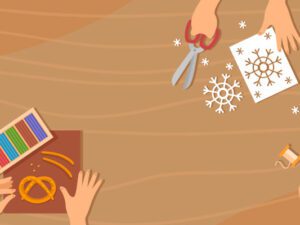0
0 reviews
SCIENCE REVISIONS FORM 3
- Description
- Curriculum
- FAQ
- Notice
- Reviews
- Grade
SECTION 1 ASSIGNMENTS
-
1Unit 1: Science Technology and Society15 questionsAnswer all questions. Choose the correct answer Each questions carry 1 mark
-
2Unit 2: Living Things and the Environment13 questionsAnswer the correct answer from any of Four given answers.
-
3Unit 3: Materials and their Properties8 questionsAnswer the correct answer from any of Four given answers.
-
4Unit 4: Sexual Reproductive Health14 questionsGive the correct answer from the FOUR given answers.
-
5Unit 5 Forces and Energy3 questionsChoose one correct answer from the Four question given below.
-
6UNIT 6 Forces, Motion and Energy5 questionsChoose a correct answer from Four given answers.
-
7Unit 7 : Health and Safety15 questionsAnswer any of the blow FOUR question. Choose One correct answer.
-
8Unit 8: The Human Body14 questionsChoose the correct answer from any of the FOUR given answers.
-
9Unit 9: Electricity and Magnetism8 questionsChoose the correct answer fro the FOUR answers given below.
Give two examples of your own on how technology has changed our lifes.
You might have mentioned things such as television and how it helps us see things that are happening all over the world. Other things like geysers and electric kettles have made heating of water very easy. Electrity in general has made life easy. There are many many examples that to give here.
What is a physical hazard?
these hazards are those that can harm you in the laboratorynand you can see their effect with your eyes .These includes :n(1) Cut from razor blade or a knife.n(2) Shock from a high voltage (very powerful) electric sources.
What is a chemical hazard?
these hazards happen due to the effects of your encounternwith chemical. Chemicals have different effects on the body because there are different kinds of chemicals. Common chemical hazards includes:n(1) Skin burn from sulphuric acid, this acid is the one contained in a car batteryn(2) Irritation form smelling ammonia gasn(3)High energy radiation sources can also cause harm to the body but the effects are not readily visible.
What is a Biological hazard?
these are hazards that may be caused by contact with somenanimals and plants. Some animals and plants have or produce some chemicals which can be harmful to our health. These includes:n(1) Some animals and plants can cause allergies. Allergies are bad reactions from our bodies to some substances that may be in a plant or an animal. Different individuals have different reactions to different animals or plants, e.g. Kago may be allergic to cats while Loago is not or Kabo may be allergic to a certain pollen grain while Sethunya is not!n(2) Some animals and plants carry diseases such that if we come into contact with them, we may contact those diseases, so for this reason we must avoid being in contact to such animals and plants while unprotected.
Give reasons why test tube should not be more than one –third full
to avoid contents of the test tube spilling out when heated.
Give reasons why should never leave the test tube clamped above a Bunsen burner unattended.
the test tube may overheat and break which may cause fires.
What is Arthritis?
inflammation of one or more joints in the body
What is to caliberate?
to mark any measuring instrument showing the exact divisions. Fornexample in a ruler millimeters and centmeters are clearly marked.
What is Habitat?
an environment in which a plant or animal normally lives or grows.
What is Hypothesis?
an idea that you are testing with an experiment.
Define Conversion?
to change a unit of measurement into a different unit without changing the size
What is a Precaution?
an action taken in advance to avoid possible danger.
Define Buoyancy?
an upward force caused by a liquid
Define Constriction?
a bend in a thermometer that prevents the mercury from flowing back beforena reading is taken.
Give one difference between science and technology
Science involves observation and experimentation whilst technology involves designing of new products for use in our lives.
List three machines that are a result of technology and mention how each is used:
Computer is used for processing datanCar is used for transportationnTelevision is used for entertainment
Mention two ways in which the society influence technology
(1) Discovery of HIV lead to the invention of ARV’sn(2)The need to communicate with other people at any time over the world lead to the invention of a cellular phone and internet
Define the following terms: (length)
Length is the distance between two points.
Define the term mass
amount of matter in an object
Give the SI unit of mass
kilogram
Define volume
Volume is the amount of space occupied by an object
Define density
Density is mass per unit volume
What is a thermometer?
an instrument used to measure the degree of hotness or coldness
What is the standard unit of time
seconds (s)
Describe the differences between a plant and animal cell
(1) Plant cell has chloroplasts while an animal does not have a chloroplastsn(2) Plant cell has a vacuole while an animal cell does not have a vacuolen(3) Plant cell has a cell wall while animal cell does not have a cell walln(4) Plant cell has a definite fixed shape while an animal cell does not have definite fixed shape
The two main characteristics of living organisms are nutrition and respiration. List three other characteristics of living organisms.
sensitivity, movement, excretion, growth, reproduction
Define Natural resource
Natural resources are raw materials that exist in nature and are useful to human kind.
Define Conservation
conservation mean the various ways that can be used to ensure that the resources do not get finished or be misused.
Define Pollution
Pollution is the addition of harmful and unwanted substances to the environment.
Define Recycling
Recycling is the reprocessing of used materials for re-use or it means using materials more than once.
Name two causes of the following types of pollution: (Air pollution)
sulphur dioxide from the burning coal and Exhaust fumes from vehicles
Name two causes of the following types of pollution: (Land pollution)
non biodegradable rubbish like plastics, glass bottles, old metals, rubble from demolished buildings
Name two causes of the following types of pollution: (Water pollution)
sewage from homes, fertilisers from farms, chemical wastes from industries.
List four examples of natural resources found in Botswana:
(1) wild life( zebra , lion , mosukujane)n(2) minerals( diamond, copper and nickel)n(3) watern(4) soils
Define Community
all organisms of the same species living in the same habitat.
Define Habitat
the area where an organism lives
Define Population
a group of organisms of the same species.
Define Species
a group of organisms of the same kind which mate and produce a fertile offspring.
Define Environment
the surroundings where an organisms lives.
Define Ecosystem
consists of a community and its environment.
Define Food chain:
a linear feeding relationship between organisms.
Define Food web
a set of linked food chains showing a more complex but realistic feeding relationship.
What is a Producer?
an organism which makes its own food e.g. plants.
What is a Primary consumer?
an organism that feeds directly on producers; e.g herbivores
What is cross polination?
the transfer of pollen grains from the anther of one flower to thenstigma of another flower in another plant of the same kind.
What is Self pollination?
the transfer of pollen grains from the anther to the stigma of the same flower.
• Spend at least 30 minutes on this exercise.
• This exercise is divided into two sections.
• Section A: Multiple choice. Circle choose the correct answer
• Section B: Structured questions. Write your answers in the spaces provided.
Please, login to leave a review
Grade details
Course:
Student:
Enrollment date:
Course completion date:
Grade:
Grade Points
Grade Range
Exams:
Sign in to account to see your Grade
Related courses

SCIENCE REVISIONS FORM 3
Category:
Share
30-Day Money-Back Guarantee
Course details
Quizzes
11
Full lifetime access
Access on mobile and TV
Popular courses
Archive
Working hours
| Monday | 9:30 am - 6.00 pm |
| Tuesday | 9:30 am - 6.00 pm |
| Wednesday | 9:30 am - 6.00 pm |
| Thursday | 9:30 am - 6.00 pm |
| Friday | 9:30 am - 5.00 pm |
| Saturday | Closed |
| Sunday | Closed |








